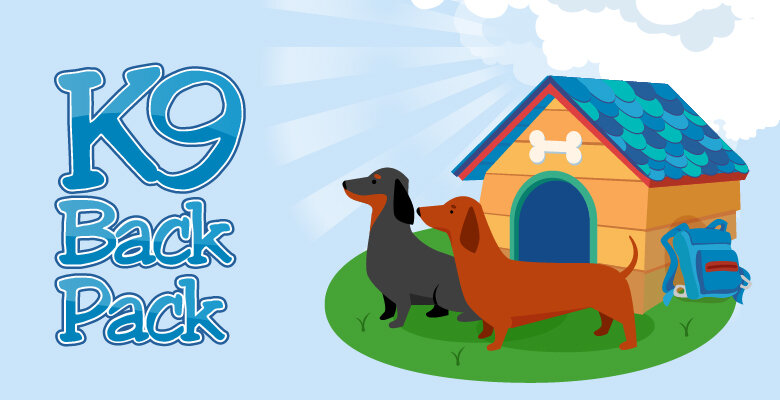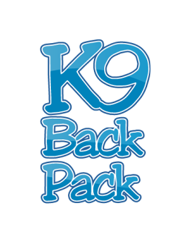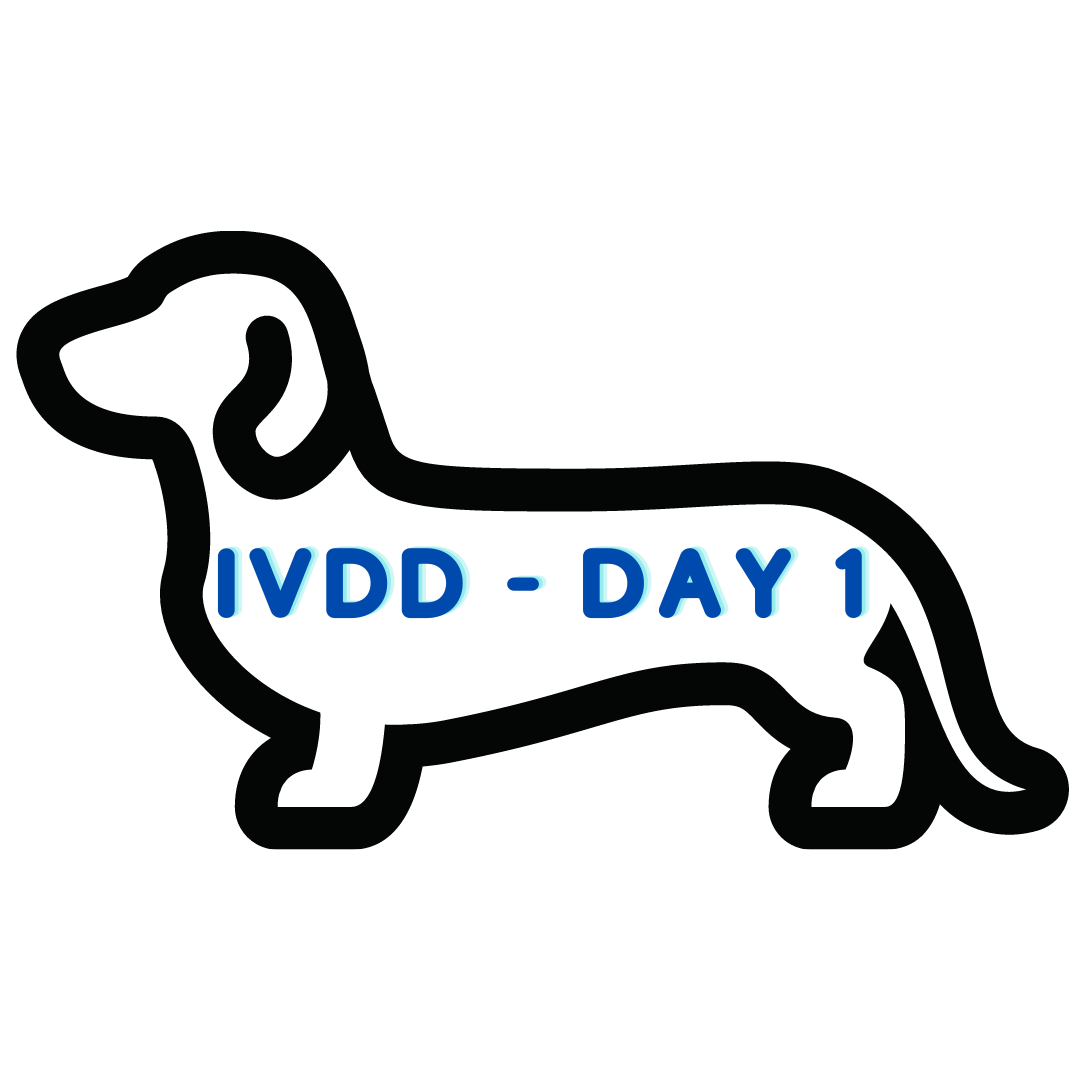IVDD from Day 1
Intervertebral Disc Disease (IVDD) from Day One
Your dog yelps, is in pain: shivering, doesn’t want to move, has an arched back or is walking drunk or limping, or any other symptoms that make you wonder if it could be having a back problem:
Go to the vet. Don’t give ANY medicine. Call the vet and tell them you are on your way. Pick your dog up carefully supporting the front and rear horizontally and put your dog in a protective pet carrier or crate for the car and take them to the vet. IF you can’t get to a vet immediately, put the dog in a crate, or pet carrier, or block off a small area so they can’t move around anymore than to turn around comfortably and stretch out fully. Call and get into the vet as quickly as possible.
At the vet, ask these questions: Have you successfully treated the condition before? What treatment options do you provide? What medicines do you recommend? Do you use stomach protectors if giving steroids or NSAIDs? Can you refer us to a board-certified neuro or ortho surgeon? If my dog needs to stay overnight, is there staff to take care of the dogs at night?
Based on the severity of your dog’s symptoms, you can either start conservative treatment (medicines and crate rest) or, in more severe cases, get a referral to a neuro or ortho surgeon and proceed with surgery.
Once your dog is ready to go home, remember to ask the right questions regarding crate rest, medicines, and therapy. Ask for:
A list of the common side effects and interactions of ALL medicines prescribed. Inform yourself about all of your dog’s medicines. Know what each is for, possible side effects, and what you can do to prevent or lessen the risk of developing side effects. An acid reducer such as Pepcid AC (famotidine) is recommended if your dog is given either a steroid (Prednisone/Prednisolone) or an NSAID (Rimadyl/Carprofen, Metacam, Deramaxx, Previcox)
If your dog’s pain is not fully under control 24/7, DO NOT WAIT - call your vet immediately and discuss it.
If at ANY POINT (from day one and all the time the dog is recovering) your dog stops eating, drinking, has more pain or seems worse, contact the vet immediately. ALL of those are signs of problems during recovery. The faster you act, the quicker your vet can take action to help.
A hands-on demonstration to express your dog’s bladder if he/she does not have bladder control and leaks urine, urinates in the crate or when you pick them up.
How to Express a Dog's Bladder
How long to do crate rest? Start crate rest for the amount of time your vet or surgeon suggested. Usually, depending on the severity of the herniation and treatment option, it might be between 6 to 8 weeks of crate rest.During crate rest you will need a crate (a traditional wire crate, an exercise pen, puppy pen, or a pack 'n play can be used too).
You will also need a sling (a men’s neck tie, a rolled up woman’s scarf, or even just a thin, narrow piece of an old long beach towel, sheet or blanket), calming aids,and low-sodium broth to offer to drink as many dogs may not want to drink initially. The goal is to to make recovery as easy on your dog and YOU as possible.
You will also need to learn how to correctly pick them up by supporting the chest and the dog's rear end so the spine is straight and level.
What massage or therapy exercises you should do at home if any? Paralyzed dogs will need passive massage exercises but a dog that can walk even wobbly will not usually need any until after crate rest is over.
When to start therapy depends entirely on each dog and on the treatment option (conservative vs. surgery). Some options you might want to explore and discuss with your vet/surgeon are massage, passive exercises, water therapy. Remember to ALWAYS ask your vet/surgeon WHEN to do WHAT.
Acupuncture and laser therapy are both very beneficial during recovery because they reduce inflammation and speed healing and help kick start the dog’s body to do all the repair jobs that need to be done. The sooner the therapies are started, the better.
After crate rest is over, you will GRADUALLY ease your dog back into activity. Talk to your vet/surgeon about it so you can both have a schedule that works for YOUR dog.Some dogs will walk out of the crate, and some dogs need to start with 5 minute breaks out of the crate. Your vet or physical therapist will advise you on what your dog needs for its particular level of recovery.
CONGRATULATIONS! Your dog has healed from its herniation. NOW WHAT? Don’t worry. It gets easier and no, you don’t have to live in fear and your dog will be HAPPY.
INFORMATION and QUICK ACTION can make a big difference in your dog’s recovery. Please take some time to learn about IVDD and discuss what you’ve learned with all members of the family so everyone will know what they need to do if your dog begins to have signs of a back problem.


